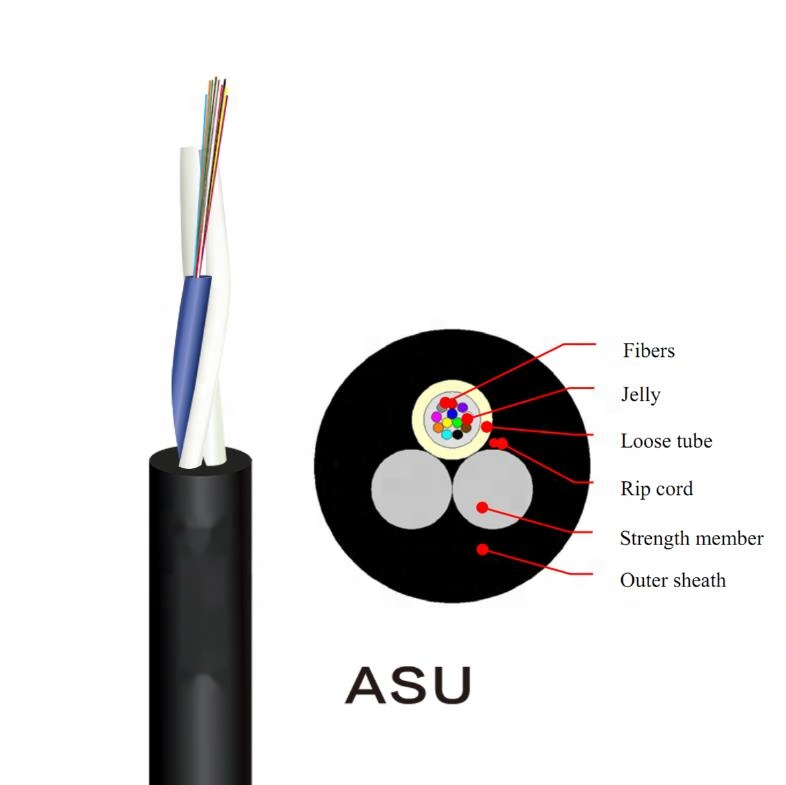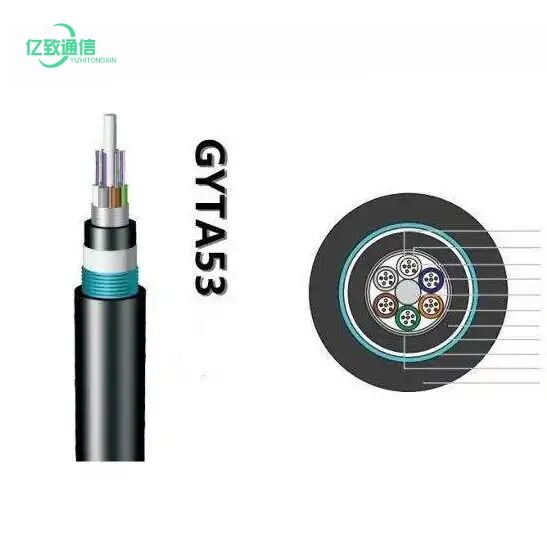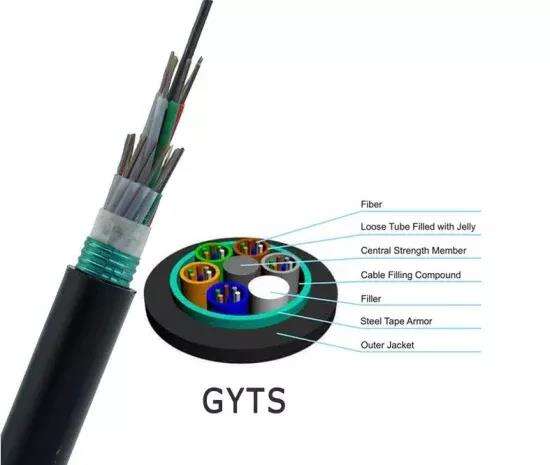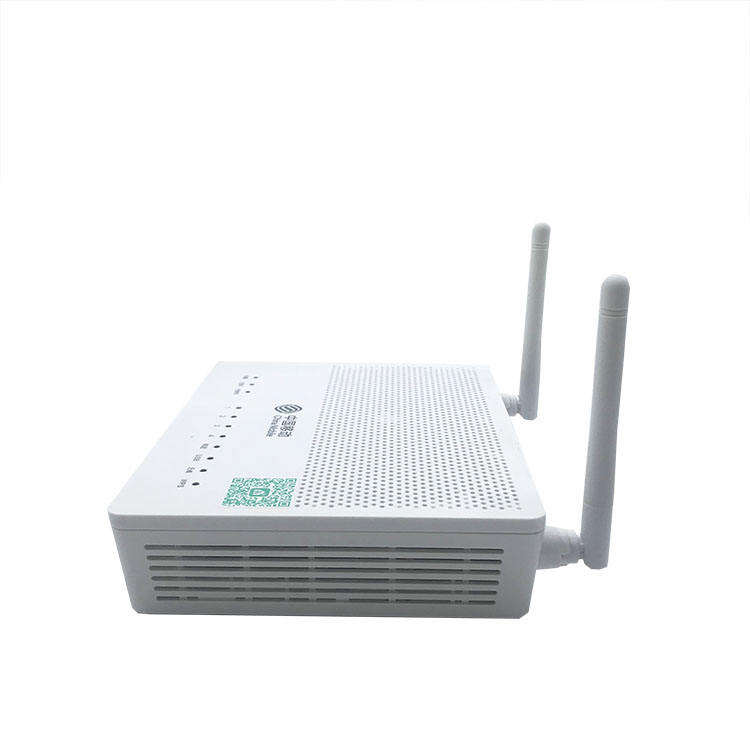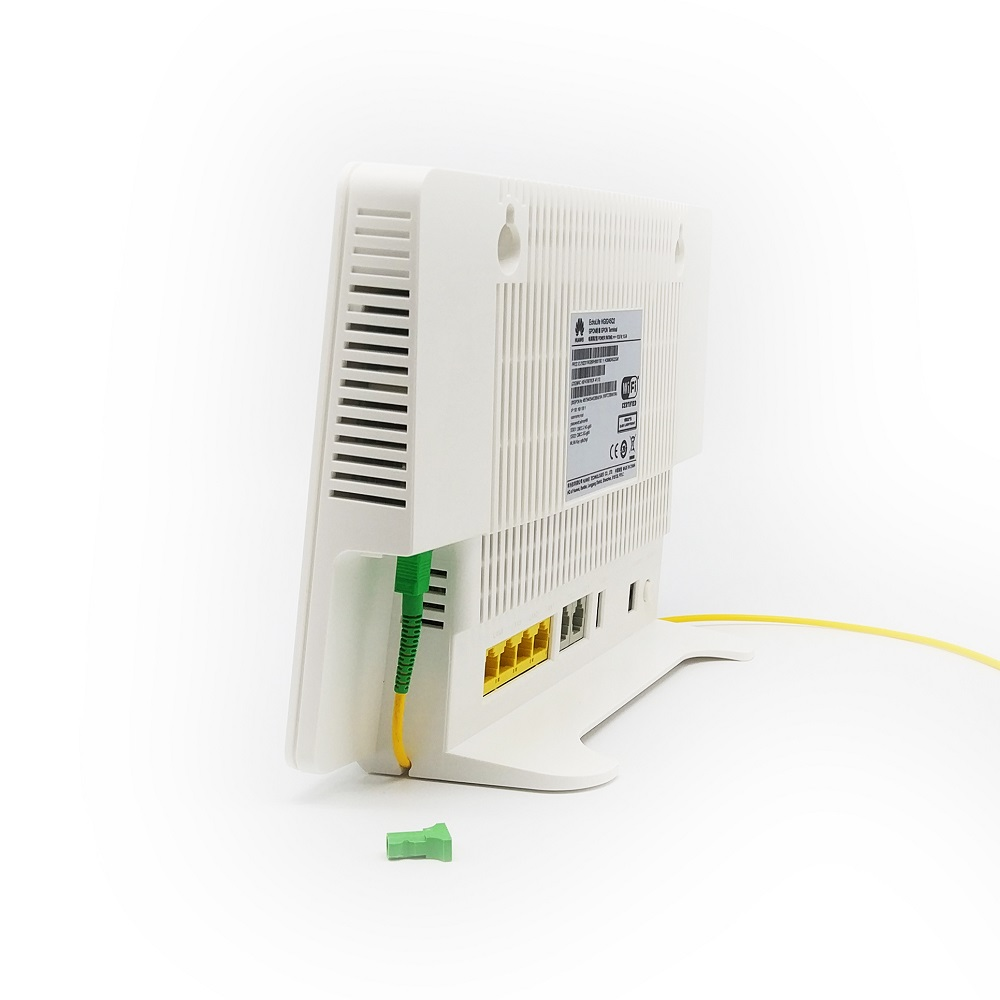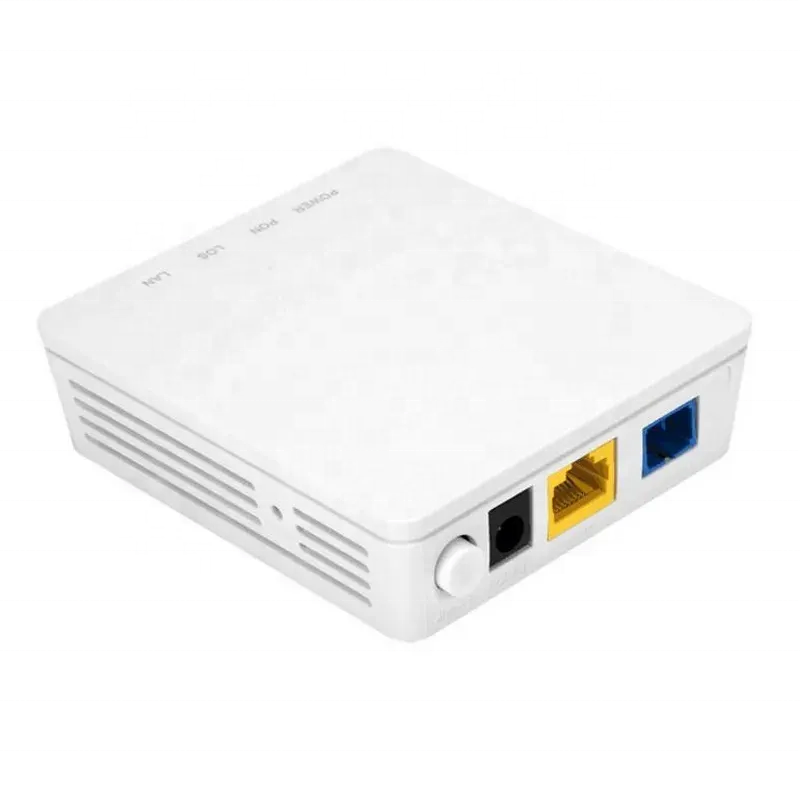fiber optic mode
Fiber optic mode represents a revolutionary approach in data transmission technology, utilizing light pulses to carry information through thin glass or plastic fibers. This advanced communication method operates by converting electrical signals into light, transmitting them through optical fibers, and then converting them back to electrical signals at the receiving end. The system primarily functions in two distinct modes: single-mode and multi-mode transmission. Single-mode fibers feature a smaller core diameter, typically 9 micrometers, enabling light to travel in a straight path with minimal signal degradation. This makes them ideal for long-distance communication. Multi-mode fibers, with core diameters of 50 or 62.5 micrometers, allow multiple light paths, making them cost-effective for shorter distances. The technology employs total internal reflection principles, where light bounces off the fiber's internal walls without losing signal strength. Modern fiber optic systems can transmit data at speeds exceeding 100 gigabits per second, making them essential for telecommunications, internet infrastructure, and data center connectivity. The technology's implementation has revolutionized global communications, enabling everything from high-speed internet access to reliable long-distance telephone services.

